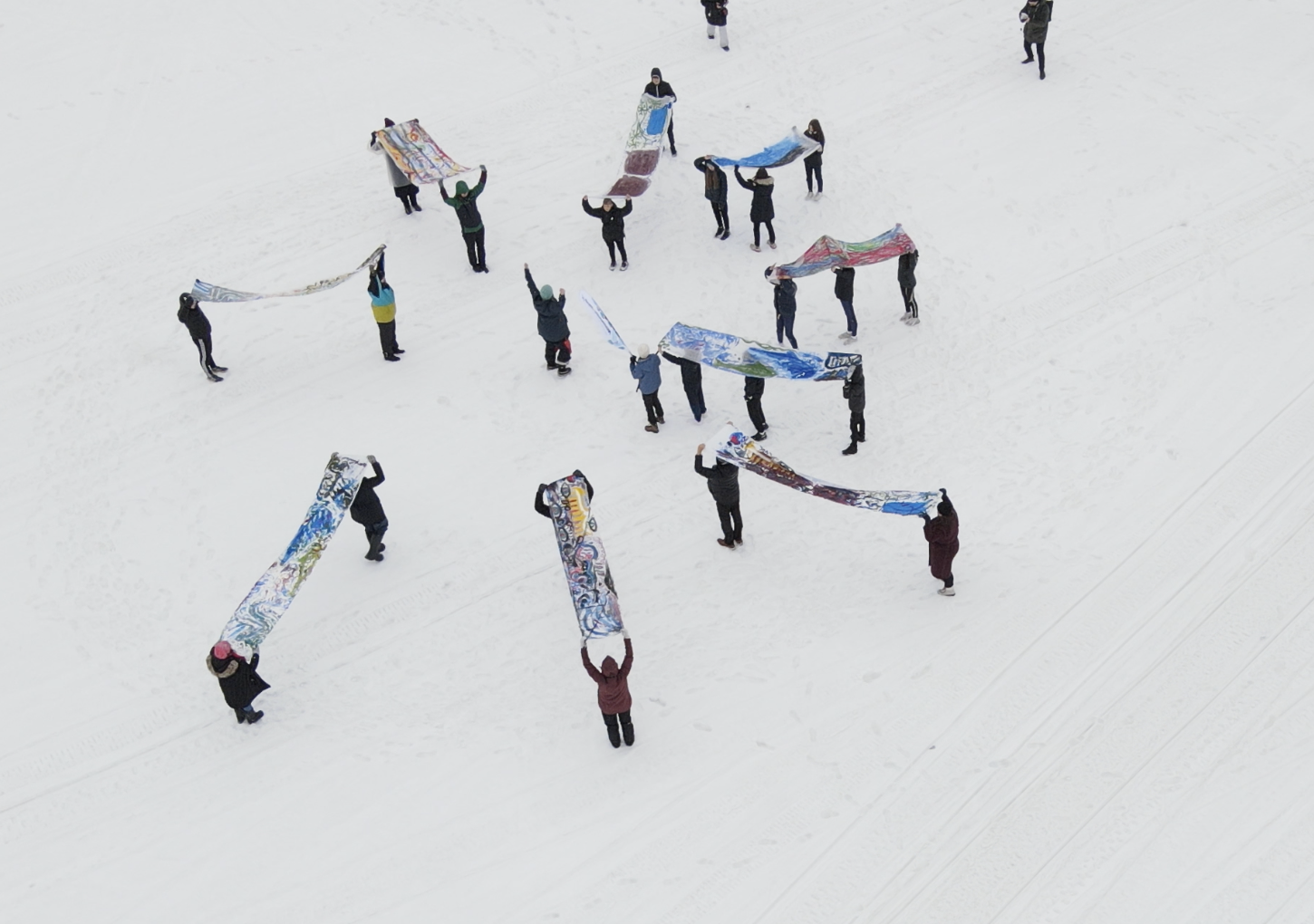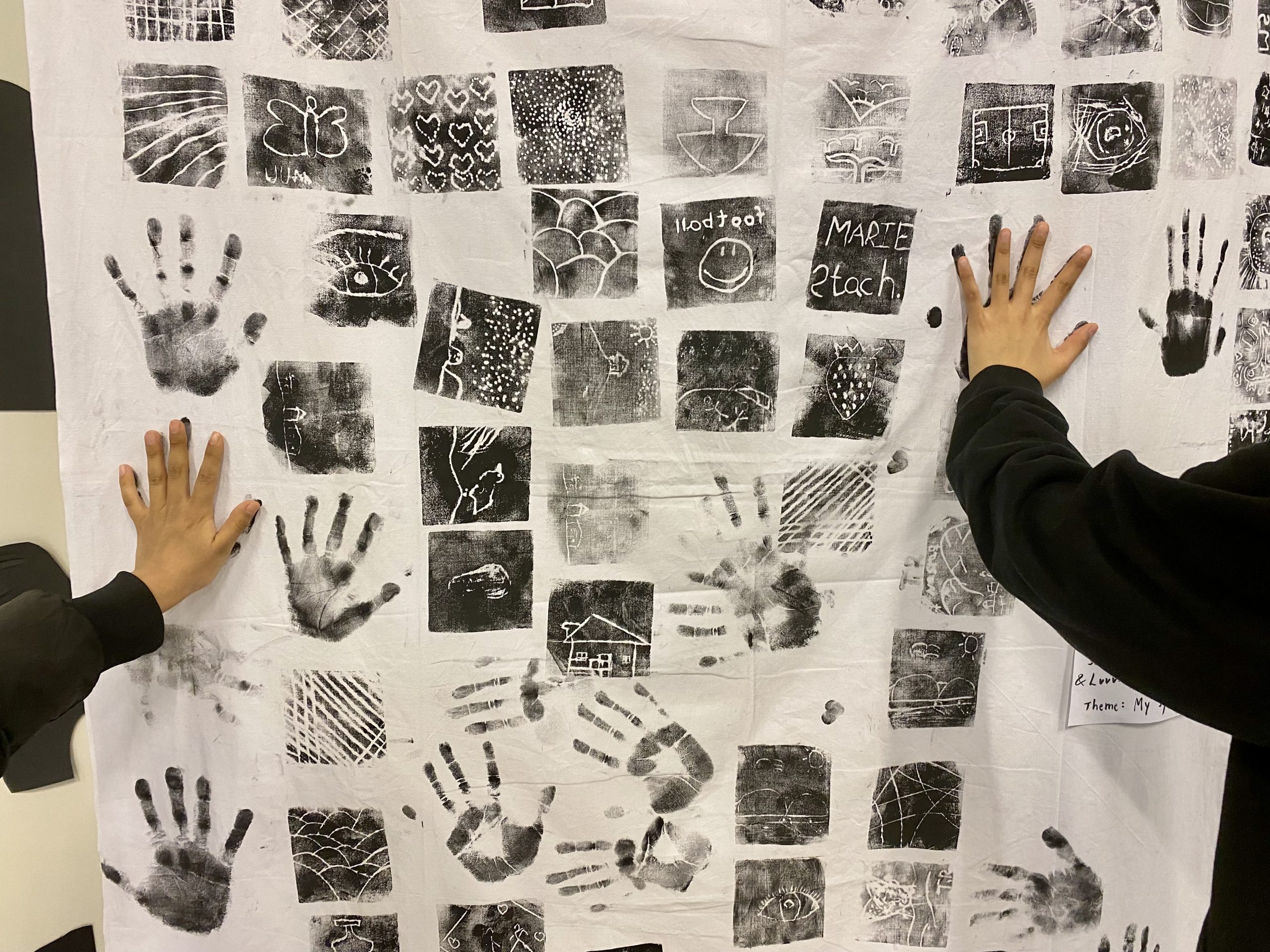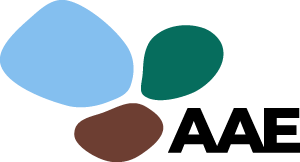
The convergence of critical Arctic sustainability studies with this new genre Arctic art has led to a fundamental notion: sustainable art education must incorporate and respect local cultures and Indigenous and Northern knowledge.
This approach to art education is forward-looking, imagining a future in which art education plays a critical role in shaping sustainable communities in the Arctic.

The New Genre Arctic Art Education (AAE) initiative consists of several funded sub-projects that explore how art and design education can address local ecocultures issues, identities and social structures.

The concept of ‘new genre Arctic art’ was developed by ASAD researchers (Jokela et al., 2021). It builds on Lacy’s (1995) concept of ‘new genre public art’, which emphasises participatory, political and aesthetic artworks, activities and events.
A turn in contemporary art education contributes to this new genre of art and highlights how artists present the Arctic through participatory, socially engaged practices. Thus, art educators play a crucial role in ecoculture and in decolonisation through art-based ways of strengthening our endeavours to build a sustainable present and future in the Arctic (Jokela & Huhmarniemi, 2022).

New genre Arctic art combines activism and engagement with current issues in the Arctic, such as resource extraction, climate change, social and mental challenges, and the rights of Indigenous peoples.
